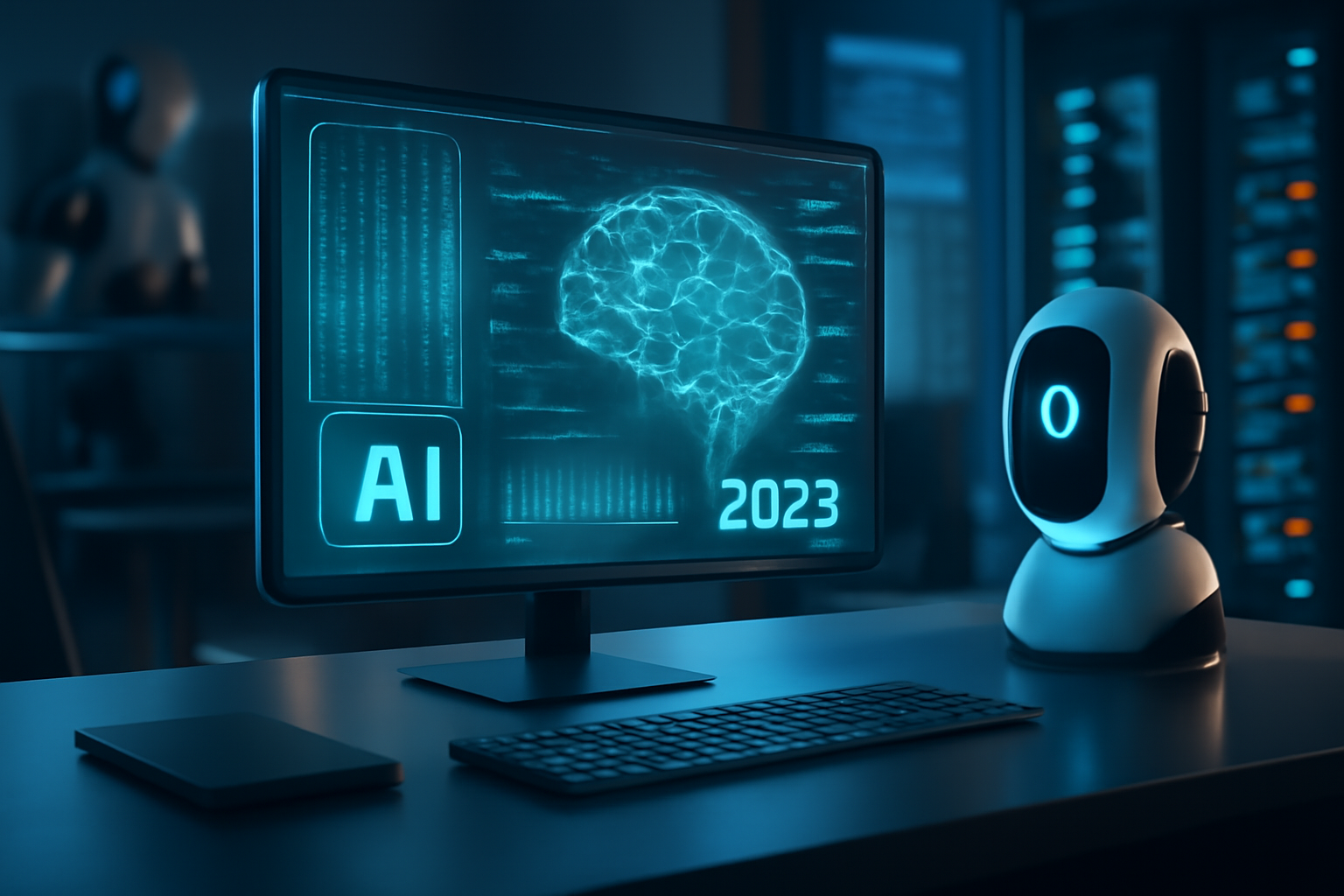OpenAI Prepares to Launch GPT-5 This August: What to Expect from the Next AI Revolution
By Tom Warren | The Verge
Artificial Intelligence (AI) continues to reshape the world around us at a staggering pace. Just as the current generation of AI models has transformed industries, communication, and creativity, OpenAI is gearing up to take a massive leap forward. The tech community is buzzing with anticipation as OpenAI prepares to launch GPT-5 in August 2025.
What Is GPT-5 and Why Does It Matter?
GPT-5 is the upcoming iteration of OpenAI’s renowned Generative Pre-trained Transformer series. Each version of GPT has pushed the boundaries of natural language processing (NLP), enabling machines to understand and generate human-like text with increasing sophistication. GPT-4, released in 2023, set a new benchmark for AI capabilities, powering applications from chatbots and content creation to complex problem-solving.
With GPT-5, expectations are sky-high. Early reports suggest that OpenAI is aiming to enhance not only the model’s size and training data but also its reasoning abilities, contextual understanding, and safety features. This means GPT-5 could be significantly better at grasping nuance, maintaining coherent long-form conversations, and generating more accurate and responsible responses.
Key Improvements to Anticipate
- Enhanced Comprehension and Creativity: GPT-5 is expected to demonstrate a deeper understanding of complex topics, enabling richer dialogue and more creative outputs across writing, coding, and even multimedia generation.
- Stronger Multimodal Capabilities: Building on the advances in GPT-4, GPT-5 may better integrate text with images, video, and other data types, paving the way for more versatile AI assistants.
- Improved Safety and Alignment: OpenAI has continually emphasized responsible AI development. GPT-5 is likely to come with advanced guardrails to reduce misinformation, bias, and harmful outputs, making it safer for widespread use.
- Greater Efficiency: Despite the growing complexity, efforts to optimize model performance may allow GPT-5 to run faster and more efficiently — a crucial step towards real-time applications and broader adoption.
Implications for Industries and Users
The launch of GPT-5 will ripple across many sectors. Businesses can expect more powerful AI-driven tools for customer service, content creation, data analysis, and automation. Educators and researchers may use it to explore new knowledge frontiers or personalize learning experiences. Meanwhile, developers could harness GPT-5’s expanded capabilities to build smarter apps and services.
However, with greater power comes greater responsibility. OpenAI’s commitment to ethical AI use means GPT-5 will likely include stronger mechanisms to prevent misuse and address privacy concerns. Users should stay informed about best practices and maintain critical thinking when engaging with AI-generated content.
Looking Ahead: The Future of AI with GPT-5
As the AI landscape evolves, GPT-5 represents not just a new tool but a glimpse into the future of human-computer interaction. The potential to democratize knowledge, enhance creativity, and solve complex problems is immense. Yet, it also calls for ongoing dialogue about governance, transparency, and human oversight.
For those eager to dive deeper into AI advancements, Singularity Hub’s recent roundup offers a wealth of insights on AI and other emerging technologies shaping our world.
Conclusion
The impending launch of GPT-5 this August marks an exciting milestone in the AI revolution. OpenAI’s newest model promises to push the envelope in natural language understanding, creativity, and safety. Whether you’re a tech enthusiast, a professional, or simply curious about the future, GPT-5’s debut is sure to offer new possibilities and spark important conversations about the role of AI in society.
Stay tuned as we continue to track this groundbreaking development and explore what GPT-5 means for the future of intelligence — artificial and human alike.

Leave a Reply